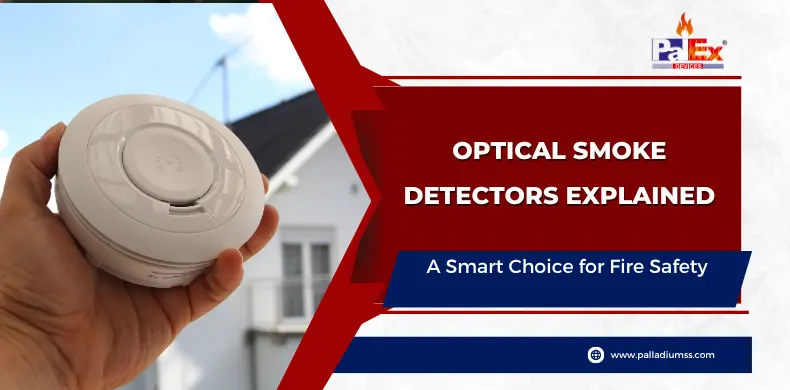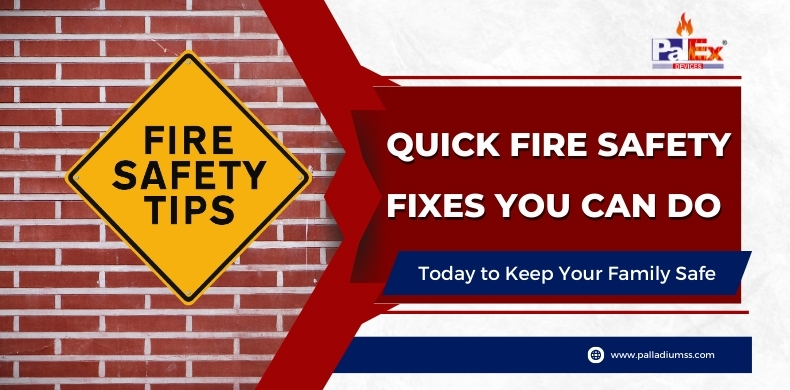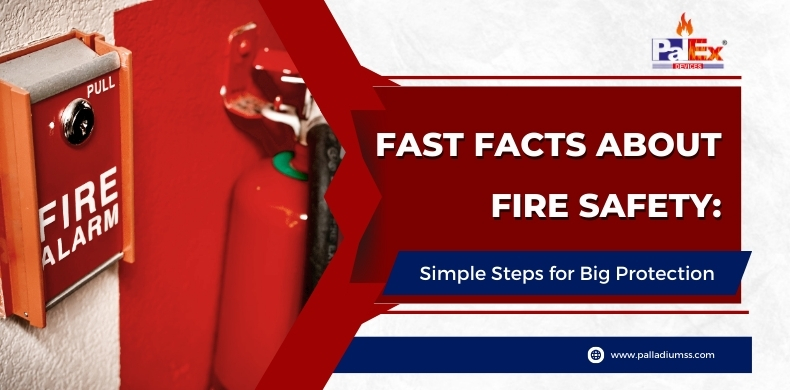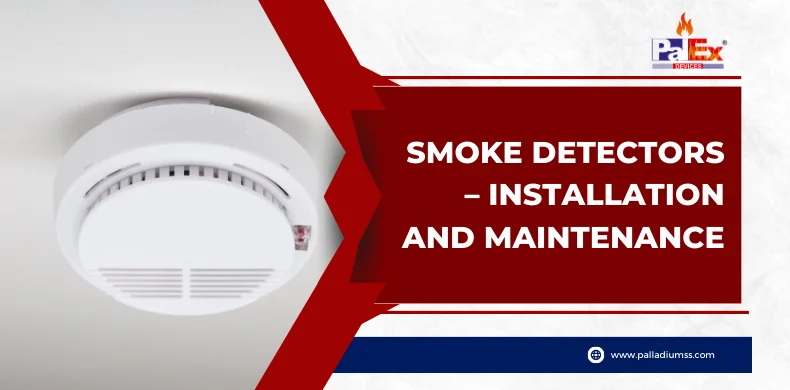Optical smoke detectors use high-level photoelectric technology to find smoke particles by the principle of light scattering. When smoke comes into the detection chamber, it disturbs a beam of light and this activates the alarm system. This creative method makes an optical smoke detector highly efficient in finding smoldering fires which produce heavy, visible smoke before any flames show up.
Superior Performance in Real-World Scenarios
Different from ionization detectors, optical smoke detectors are very good at recognizing slow-burning fires that usually occur in homes. They act quickly when there is fire involving furniture, bedding materials and electrical parts. For people who rent apartments, a smoke detector with optical technology offers dependable safety without the unnecessary alerts commonly caused by cooking smoke or steam from bathrooms.
Battery Technology Advantages
Contemporary smoke detectors with sealed batteries remove the hassle of often changing batteries. These devices use lithium batteries that can last up to a decade, which is equivalent to the working life span of the detector itself. The design of such smoke detectors with sealed batteries avoids meddling and guarantees continuous power supply, making it a perfect choice for apartment fire alarms both for property managers and renters.
Installation and Maintenance Benefits
Smoke detectors that use optical technology need very little upkeep when you compare them to other types of detection methods. The kind with a sealed battery makes setting it up easy because there is no requirement for wiring and the batteries don’t have to be replaced regularly. Because of these features, they are ideal for places being rented out where an apartment smoke detector needs to be dependable but also not require much maintenance.
Cost-Effective Fire Protection
Putting money into a smoke detector that uses light technology can give you value over time because it doesn’t cause many false alarms and the battery lasts long. The design of these smoke detectors with sealed batteries means you don’t have to spend on upkeep regularly, yet they still offer steady safety. People who own properties notice when they put high-quality apartment smoke detectors using this optical technology, there are fewer complaints from tenants and less need for maintenance calls.
Making the Smart Safety Choice
Optical smoke detectors are like the advanced step in fire safety technology, being trustworthy and easy to use. If you require a reliable smoke detector for your flat or an all-inclusive home protection plan, this sealed battery one with optical sensing gives assurance of security. Go for optical smoke detector technology as it offers excellent fire discovery suited well for contemporary living spaces and ensures deserved safety for your family.





